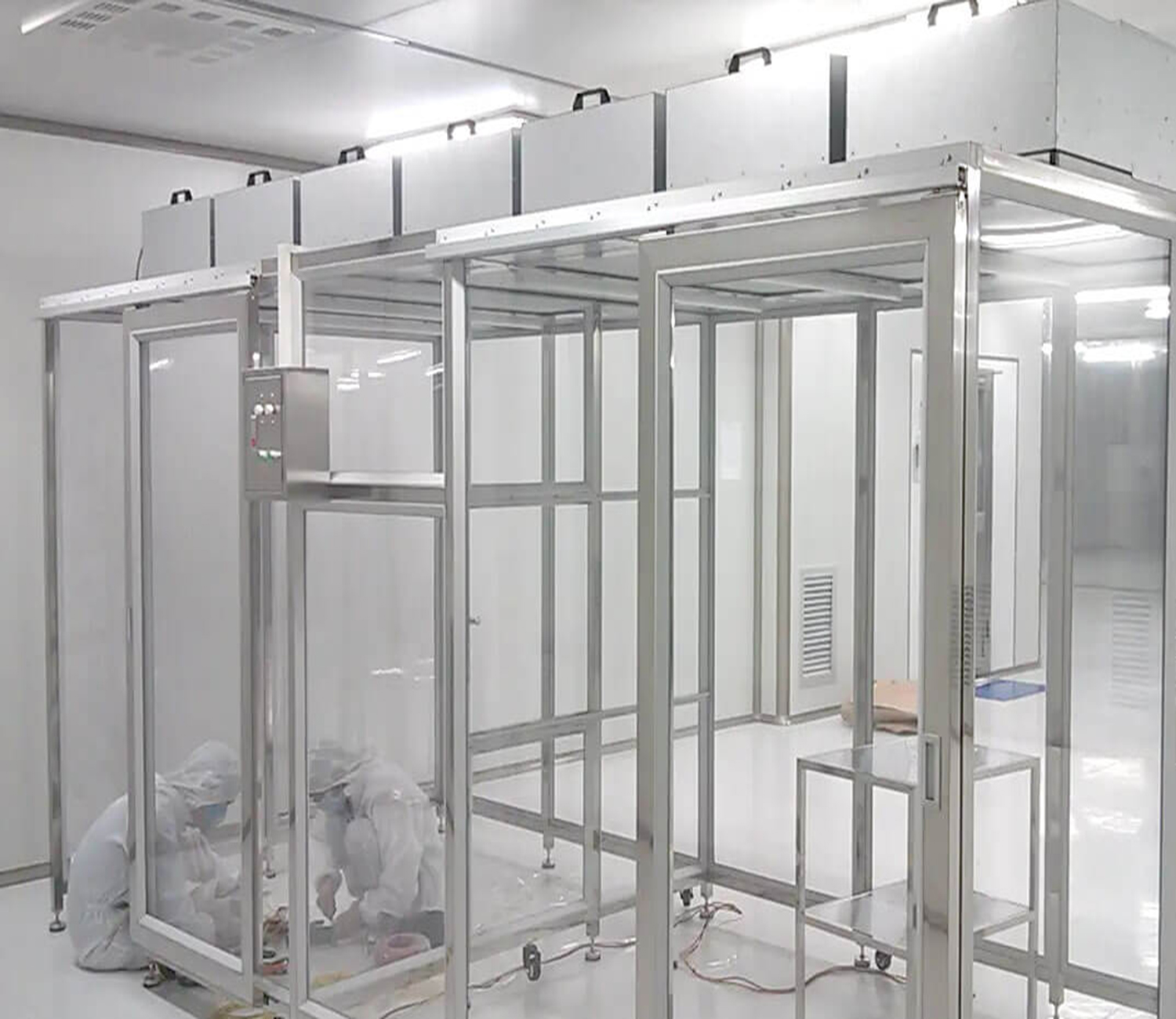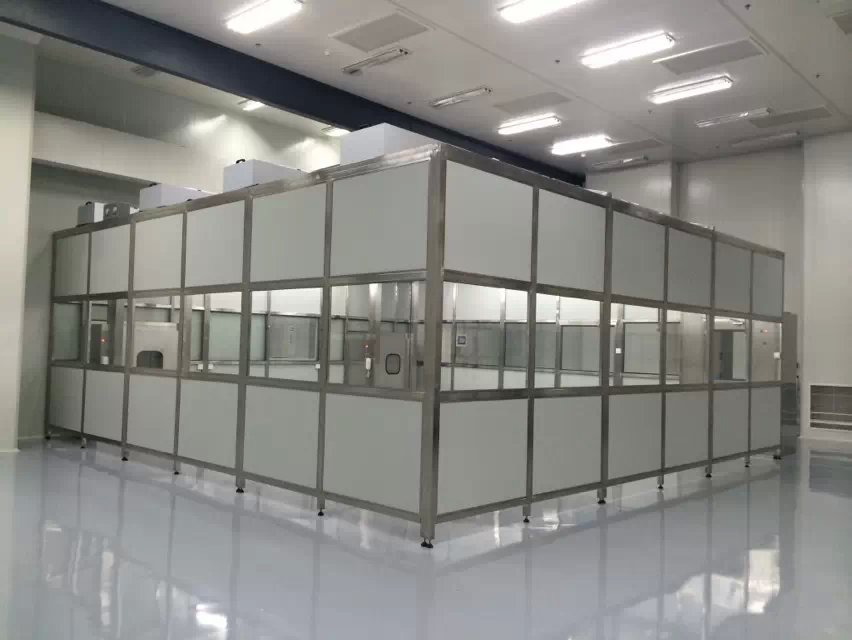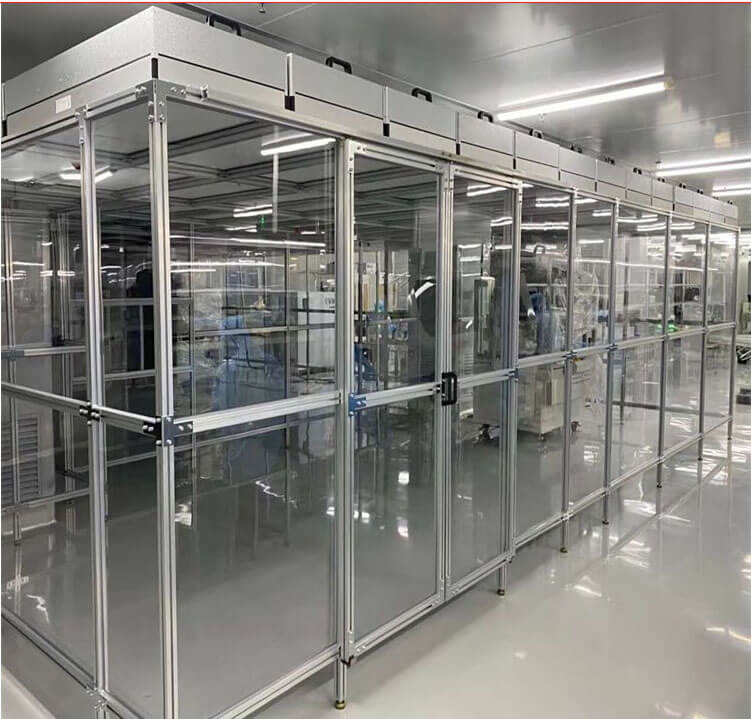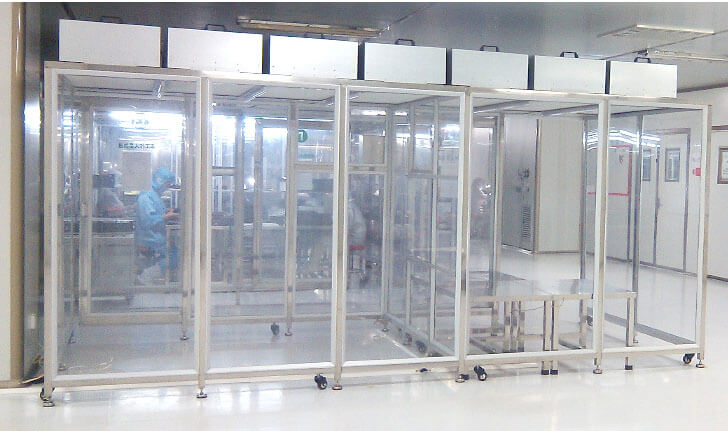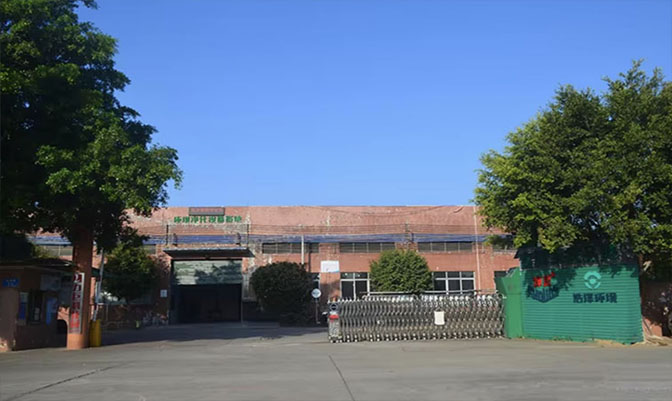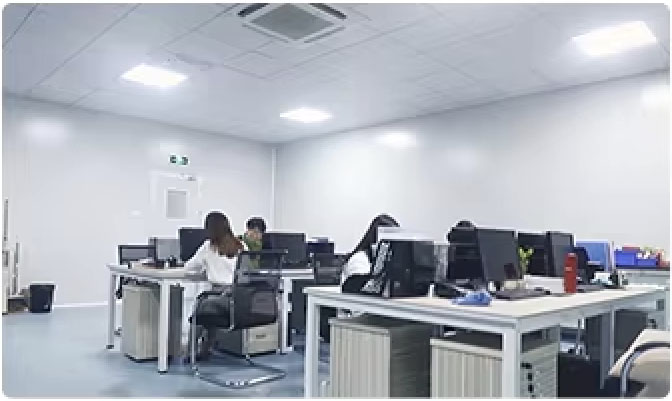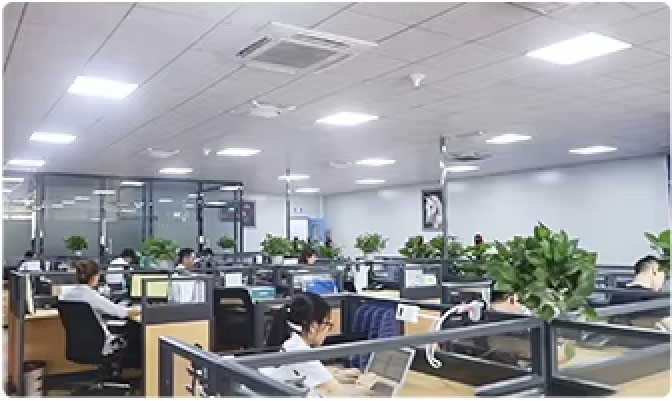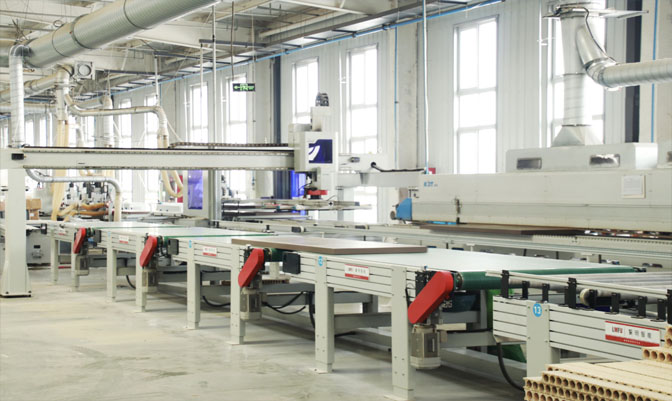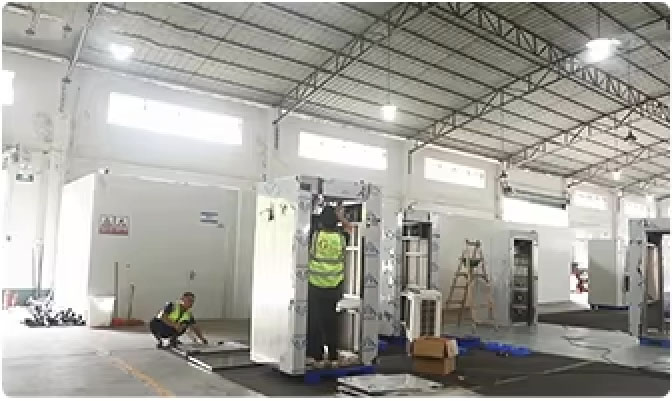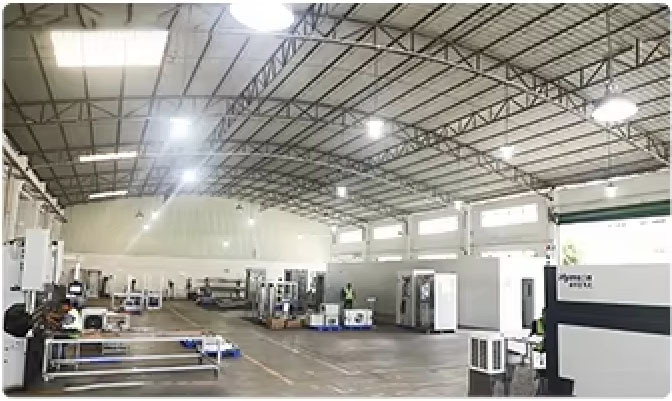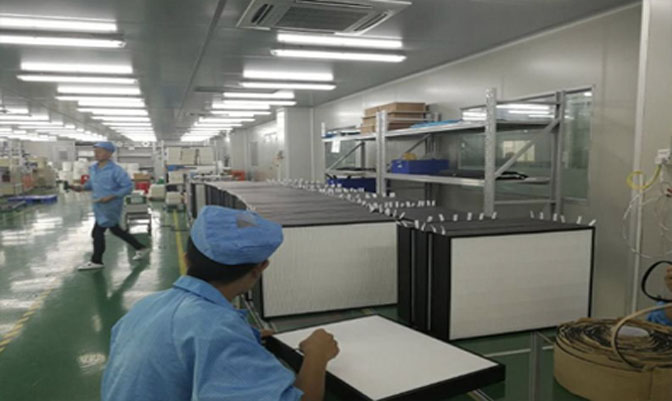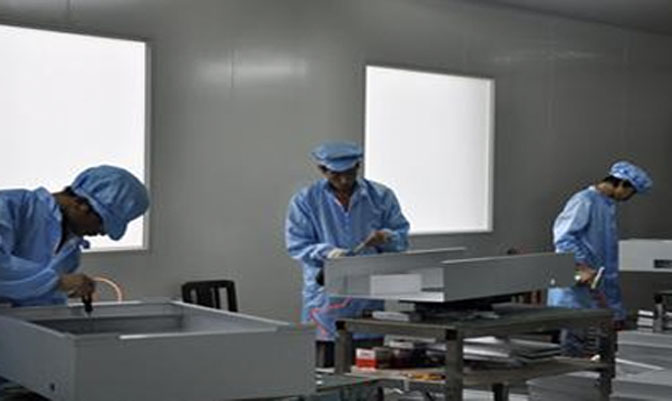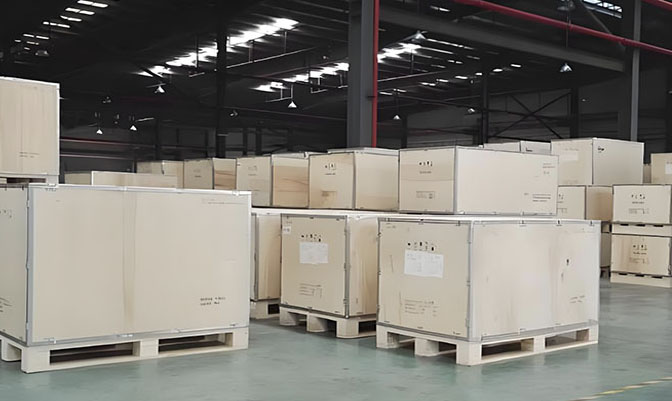8 x 15M ISO 6 Hardwall Cleanroom
Reference Price:US$25000-30000




Cleanroom
8 x 15M ISO 6 Hardwall Cleanroom
Choose your installation & validation options below
Quantity:
Choose your Cleanroom frame structure material
Quantity:
Choose your Cleanroom Wall enclosure materials
Quantity:
Choose your Temperature requirements
Quantity:
Choose your humidity requirements
Quantity:
Choose your Explosion-proof requirements
Quantity:
Summary
8 x 15M ISO 6 Hardwall Cleanroom
Validation
Installation & Validation
Find Similar Products
-
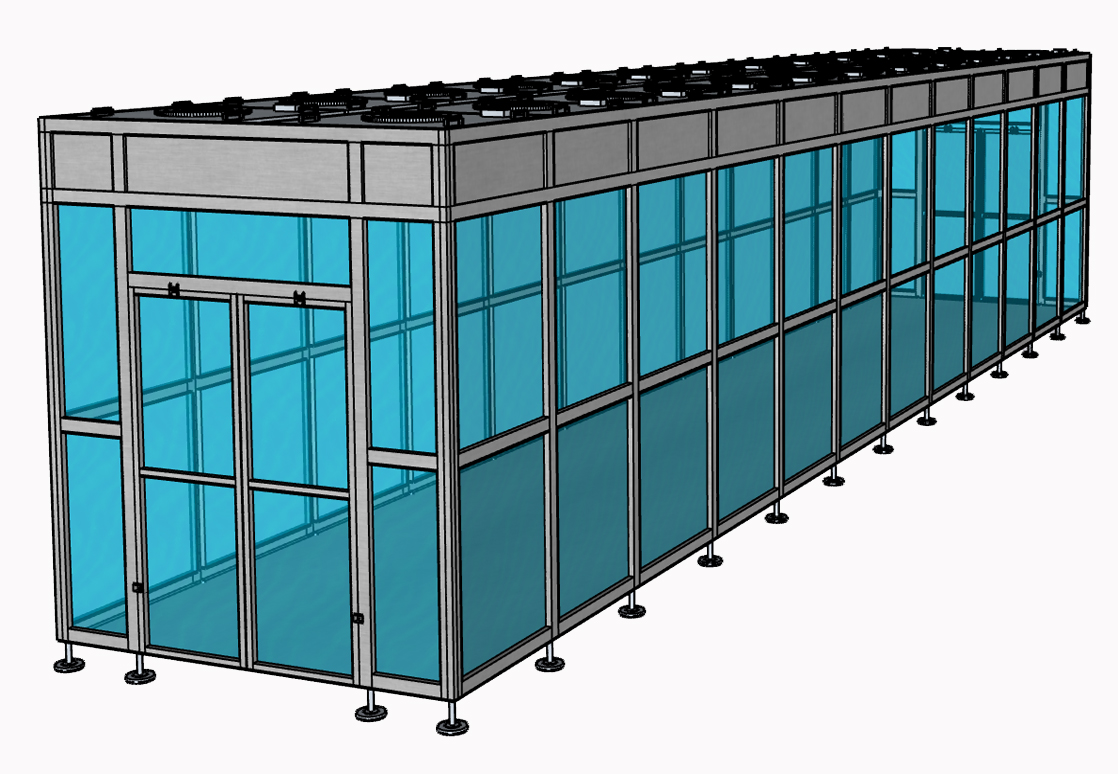
10 x 20M ISO 6 Hardwall Cleanroom
US$5000-19000 USD/Set
Min. Order:1 Set -
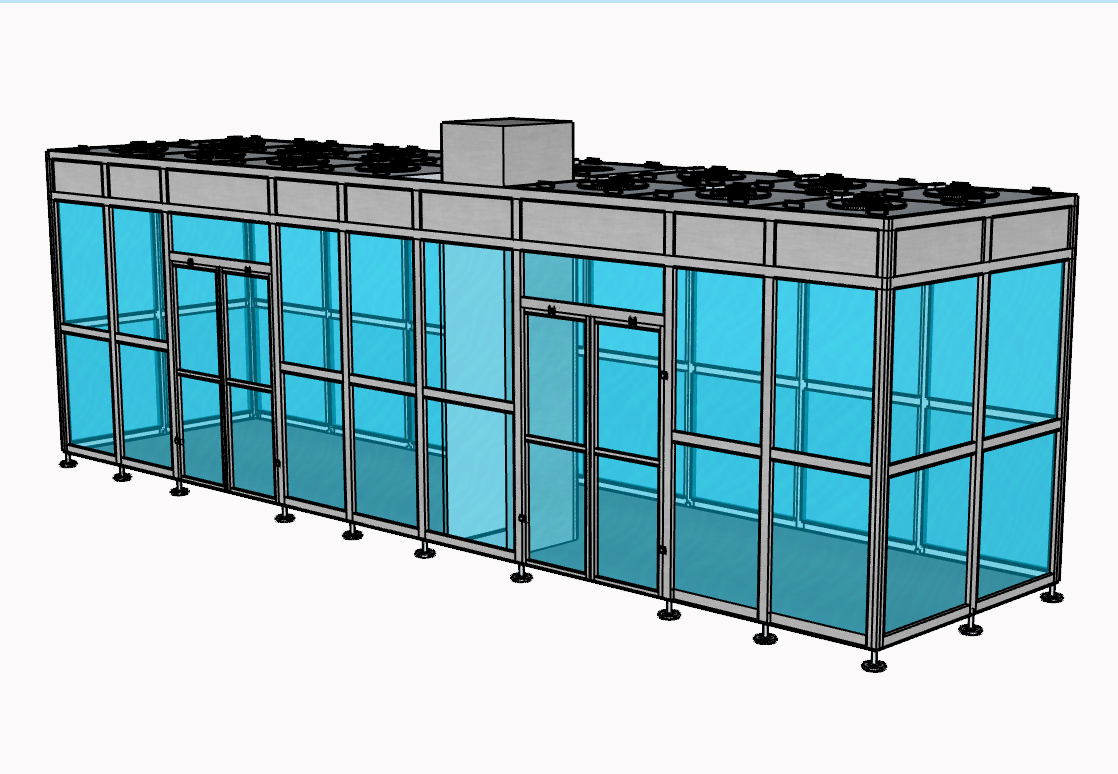
10 x 15M ISO 6 Hardwall Cleanroom
US$5000-19000 USD/Set
Min. Order:1 Set -
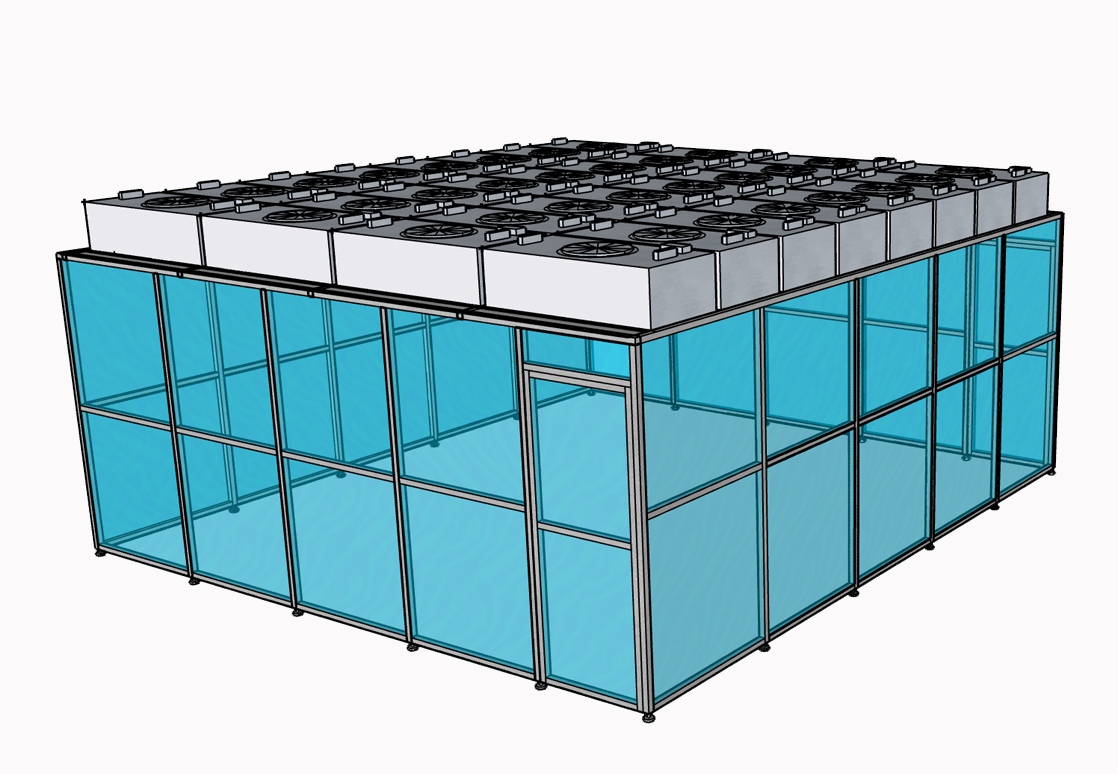
10 x 10M ISO 6 Hardwall Cleanroom
US$5000-19000 USD/Set
Min. Order:1 Set -

8 x 15M ISO 6 Hardwall Cleanroom
US$5000-19000 USD/Set
Min. Order:1 Set -

8 x 10M ISO 6 Hardwall Cleanroom
US$5000-19000 USD/Set
Min. Order:1 Set -
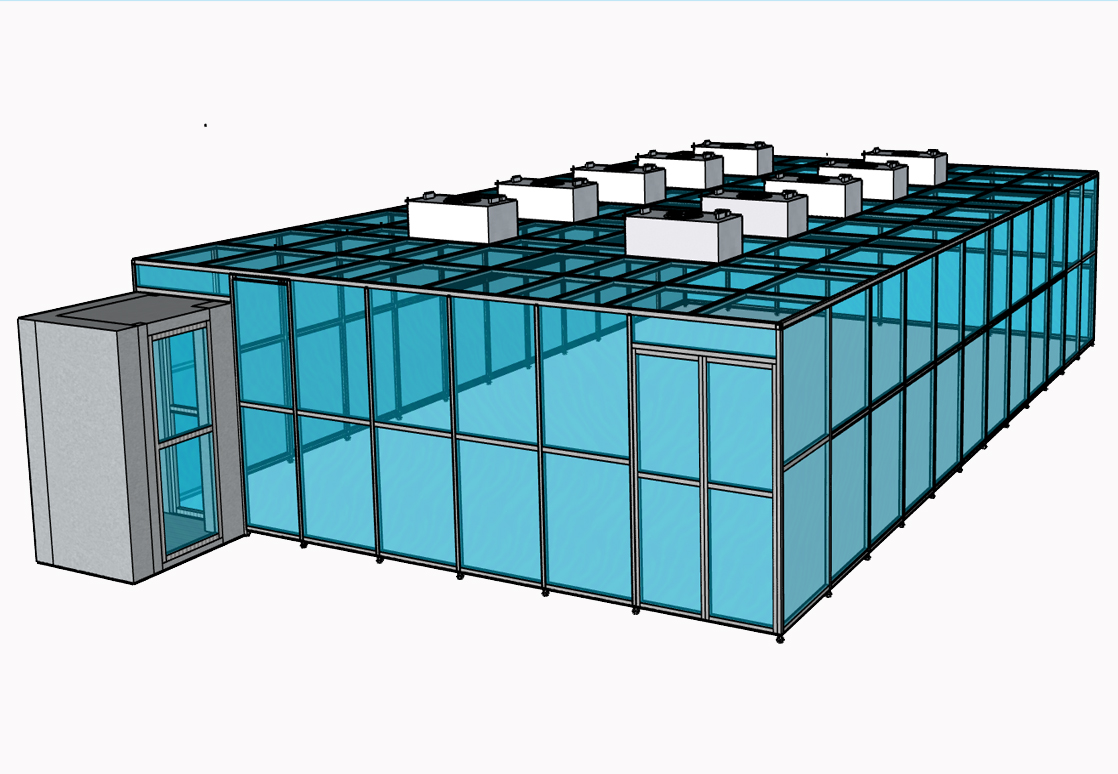
5 x 10M ISO 6 Hardwall Cleanroom
US$5000-19000 USD/Set
Min. Order:1 Set
Cleanrooms Detail
An 8 x 15 meter ISO 6 Hardwall Cleanroom is a spacious, controlled environment designed to meet ISO 14644-1 Class 6 standards for air cleanliness. It features rigid walls, HEPA filtration, and precisely managed airflow to maintain particle levels below 35,200 particles per cubic meter (≥0.5 µm). This size is ideal for industries requiring moderate contamination control, such as pharmaceuticals, biotechnology, and electronics manufacturing, where both space and stringent environmental conditions are essential for optimal production and research processes.

Key Features of an ISO 6 Cleanroom
Particle Count: Limits the concentration of particles larger than 0.5 microns to no more than 35,200 particles per cubic meter of air.
Air Changes per Hour (ACH): Requires a minimum of 150 air changes per hour to maintain cleanliness and remove airborne contaminants effectively.
Airflow: Typically uses unidirectional (laminar) airflow to reduce particle contamination and ensure a consistent clean environment.
Materials: Constructed with durable, non-porous materials like steel or composite panels to minimize particle shedding and ensure ease of cleaning.
Hardwall Cleanroom Specification
| No | Item | Data | Optional |
| 1 | Product | Clean room | The price needs to be re-calculated |
| 2 | Size | L5.3m*W3.5m*H2m | Yes |
| 3 | Cleanliness | 1000class | 10/100/10000 class |
| 4 | Wall | Antistatic pvc grid curtain | Acrylic or toughened glass |
| 5 | Door | Pvc soft curtain | Acrylic or toughened glass |
| 6 | Frame | Aluminium 5050 | Stainless steel |
| 7 | FFU | 1175*575*320MM / Aluminium zinc /6 sets | Stainless steel |
| 8 | Purified lamp | 15W /8Pcs | Quantity |
| 9 | Voltage | AC 220V/50hz | Yes |
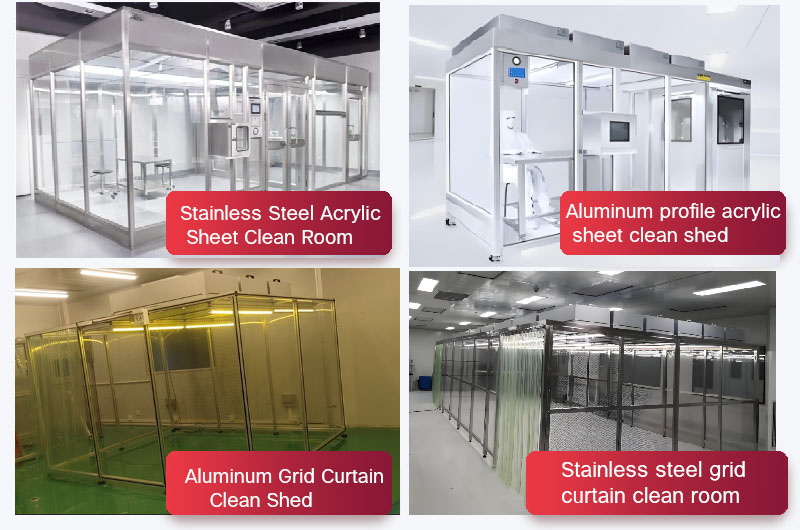
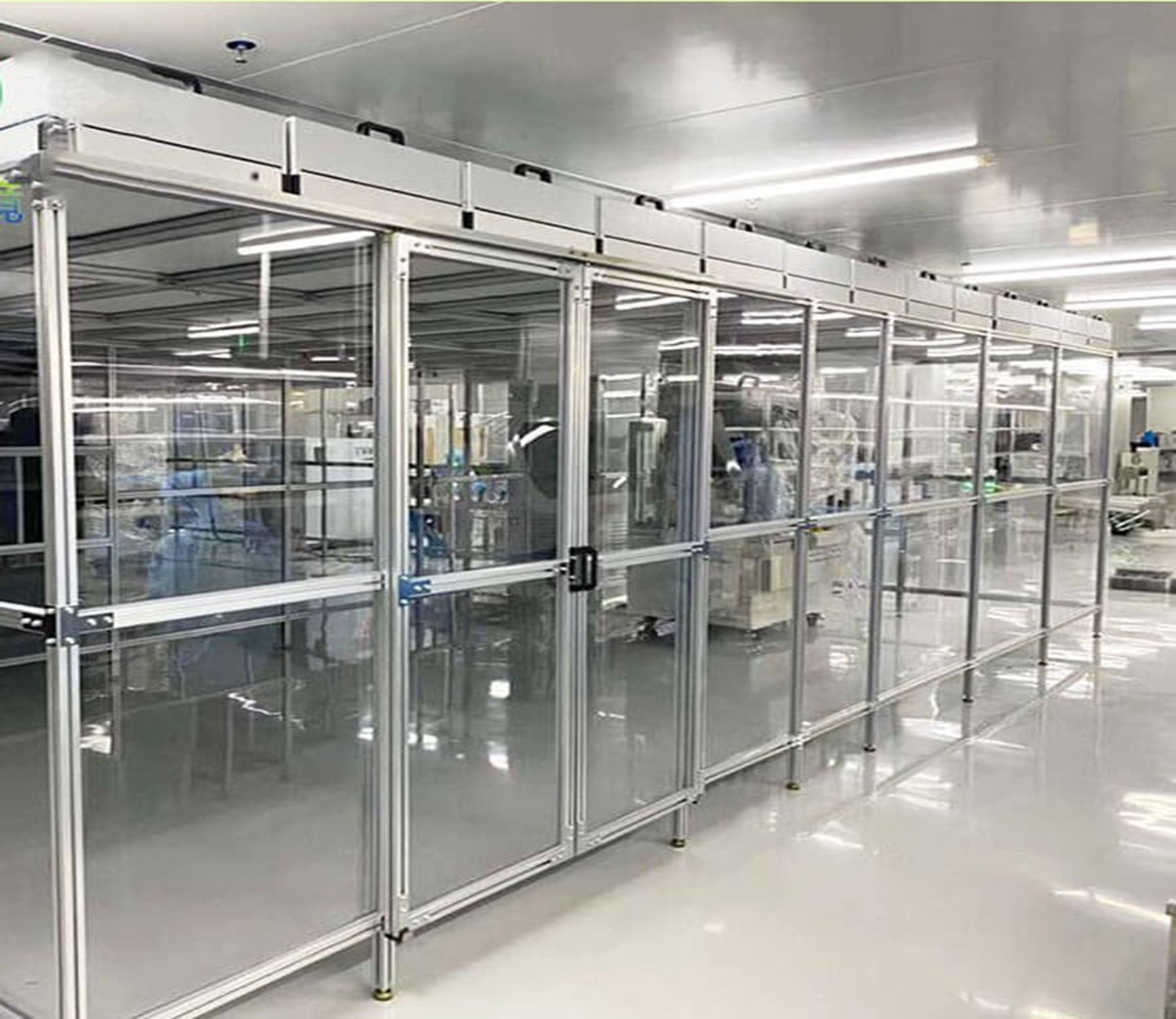
Cleanrooms Airflow
To maintain ISO 5 classification, the following criteria must be met:
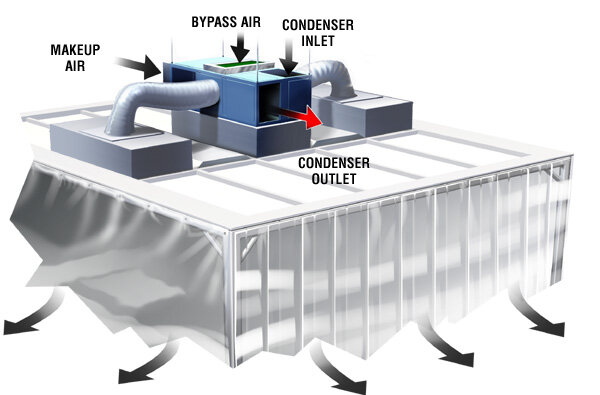
Particle Concentration Limits (per cubic meter of air)
0.5 microns: ≤ 3,520 particles
5 microns: ≤ 0.1 particles (the particle count drops significantly for larger particles)
Class 100 (in U.S. classification): ISO 5 cleanrooms are often referred to as Class 100 cleanrooms in the U.S. classification system.
Airflow Design
Laminar or Unidirectional Airflow: To maintain the cleanliness, air must flow in a uniform direction, typically from ceiling to floor, with minimal turbulence to prevent particles from settling.
HEPA or ULPA Filters: Air is filtered through High-Efficiency Particulate Air (HEPA) or Ultra-Low Penetration Air (ULPA)filters that capture particles down to 0.3 microns or smaller. ULPA filters provide even higher efficiency, capturing particles down to 0.12 microns.
Cleanrooms Installation
Environment Preparation
Frame Assembly
Filter and Fan Installation
Commissioning
Cleanrooms Testing
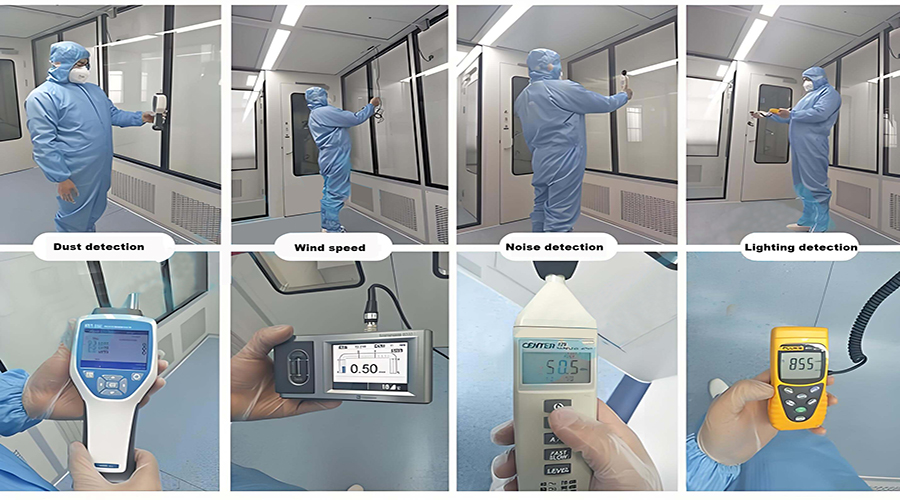
-
Air Supply and Exhaust Volume Testing
-
Airflow Control Inspection
-
Inspection Instruments and Equipment
-
Testing Standards and Criteria
-
Testing Steps and Processes
FAQ
1. What is the airflow design for a Hardwall Cleanroom?
The airflow design in a Hardwall Cleanroom typically involves a unidirectional airflow system. Air is supplied from the ceiling and flows down towards the floor in a controlled manner to minimize particle contamination. HEPA filters ensure that the air is free of contaminants before it enters the cleanroom. This system ensures the cleanroom maintains its ISO 6 cleanliness standards.
2. How does the airflow velocity impact cleanroom performance?
Airflow velocity plays a critical role in cleanroom performance by ensuring that particles are removed efficiently. Too high of a velocity can disturb settled particles, while too low a velocity may cause inadequate removal of contaminants. Maintaining the proper airflow velocity ensures optimal cleanliness and prevents particle buildup on surfaces.
3. What are the health and safety requirements for ISO 6 Cleanrooms?
Health and safety requirements for ISO 6 Cleanrooms focus on minimizing contamination and protecting workers. Key requirements include:
Personal protective equipment (PPE)
Positive air pressure to prevent contaminants from entering
Ventilation systems that maintain safe air quality for personnel
These measures ensure both the safety of workers and the integrity of the cleanroom environment.
4. What types of cleanroom testing are required for ISO 6 certification?
To achieve ISO 6 certification, cleanroom testing involves several critical evaluations. These include particle count testing, airflow velocity testing, and pressure differential measurements. These tests ensure the cleanroom meets the required cleanliness standards for ISO 6 and operates effectively.
5. How many air changes per hour are needed for an ISO 6 Cleanroom?
An ISO 6 Cleanroom generally requires between 20 to 60 air changes per hour (ACH). The exact number depends on the specific needs of the cleanroom and the type of process being conducted. The goal is to ensure proper air circulation and filtration to meet cleanliness standards.
6. How does an ISO 6 Hardwall Cleanroom improve production efficiency?
An ISO 6 Hardwall Cleanroom improves production efficiency by ensuring a stable, contaminant-free environment. This reduces the risk of defects caused by airborne particles, which can slow down production or result in wasted materials. A controlled environment minimizes downtime and enhances product yield, leading to higher overall efficiency.
7. How is air pressure controlled in an ISO 6 Hardwall Cleanroom?
Air pressure in an ISO 6 Hardwall Cleanroom is carefully controlled using an HVAC system that maintains positive pressure relative to the surrounding areas. This prevents external contaminants from entering the cleanroom when doors are opened. Regular monitoring ensures consistent pressure levels to maintain a clean environment.
8. What are the costs associated with installing an ISO 6 Cleanroom?
The costs of installing an ISO 6 Cleanroom include:
Construction: Building the cleanroom structure and walls
HVAC systems: Installation of air filtration and airflow systems
Equipment: Costs for HEPA filters and environmental monitoring systems
The overall cost depends on the size of the cleanroom, the complexity of the design, and the specific requirements of the industry.
9. How do you manage waste in an ISO 6 Hardwall Cleanroom?
Waste management in an ISO 6 Hardwall Cleanroom is critical to maintaining cleanliness. Waste is placed in sealed containers to prevent contamination, and all cleaning materials used are non-shedding. Waste removal is frequent and follows strict protocols to ensure that the cleanroom environment remains uncontaminated.
10. What is an ISO 6 Hardwall Cleanroom?
An ISO 6 Hardwall Cleanroom is a controlled environment designed to meet ISO 14644-1 Class 6 standards. It is equipped with rigid walls, HEPA filtration, and airflow systems that ensure the air remains free of particles. This cleanroom is ideal for processes that require moderate contamination control, such as in pharmaceuticals, electronics, and research.
11. How do ISO 6 Cleanrooms support research and development activities?
ISO 6 Cleanrooms provide a stable environment for research and development activities by controlling factors such as particle contamination, airflow, and humidity. This controlled environment is essential for experiments and processes that require precision and minimal contamination, such as pharmaceutical testing and microelectronics development.
12. How do ISO 6 Hardwall Cleanrooms maintain humidity control?
Humidity control in ISO 6 Hardwall Cleanrooms is managed by the HVAC system using humidifiers and dehumidifiers. The system adjusts to maintain a consistent humidity level, typically between 40-60%. Proper humidity control is essential for preventing product damage and reducing static buildup in sensitive processes.
13. Can ISO 6 Hardwall Cleanrooms be used in biotechnology?
Yes, ISO 6 Hardwall Cleanrooms can be used in biotechnology, as they provide the clean and controlled environment necessary for research and production activities in the field. These cleanrooms help ensure that contamination is minimized during sensitive processes such as cell culture, genetic research, and the manufacture of biopharmaceuticals.
14. What are the typical dimensions of an ISO 6 Hardwall Cleanroom?
ISO 6 Hardwall Cleanrooms can come in various sizes depending on the application. Typical dimensions range from 5 x 5 meters to 10 x 10 meters. The size of the cleanroom is determined by the space requirements of the processes or research activities being conducted.
15. How do you clean an ISO 6 Hardwall Cleanroom?
Cleaning an ISO 6 Hardwall Cleanroom involves regular wiping down of surfaces with non-shedding materials and using approved disinfectants. The cleanroom’s structure, including walls, floors, and ceilings, is cleaned frequently to maintain low contamination levels. Only approved cleaning agents are used to prevent contamination and ensure compliance with cleanliness standards.
16. What are the common maintenance challenges in an ISO 6 Cleanroom?
Common maintenance challenges in an ISO 6 Cleanroom include:
Air filtration: Ensuring HEPA filters are replaced on schedule
Airflow management: Maintaining proper airflow velocity and pressure
Humidity and temperature control: Preventing fluctuations
Regular monitoring and preventative maintenance are essential to ensure the cleanroom continues to meet ISO 6 standards.
Factory Production Workshop Video
Factory Photo
Product Packaging And International Logistics
Product International Certification
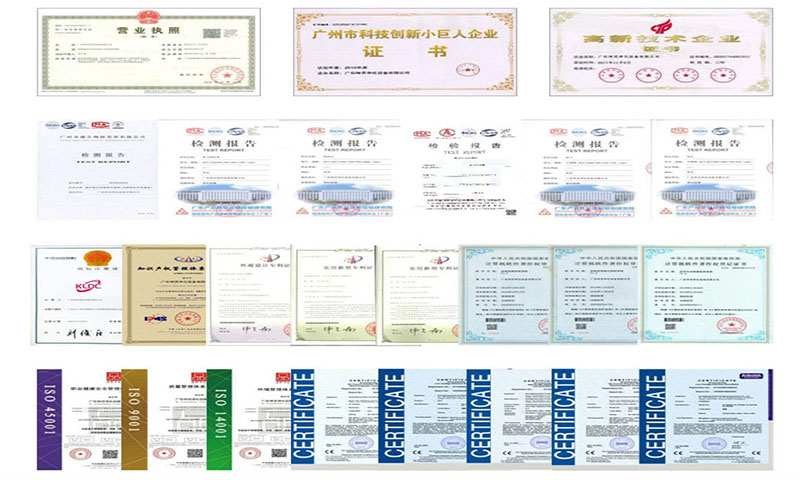
Find Other Common Equipment Recommendations
-
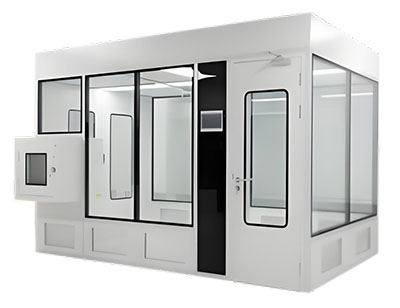
Modular CleanRoom
US$9000-10000 USD/Unit
Min. Order:1 Set -
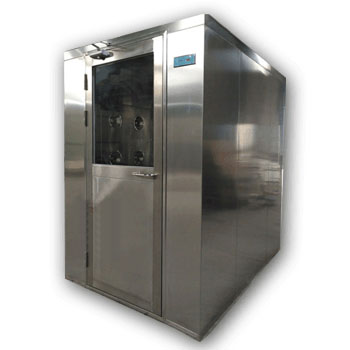
Air Shower
US$1000.00-5000.00 USD/Unit
Min. Order:1 Set -
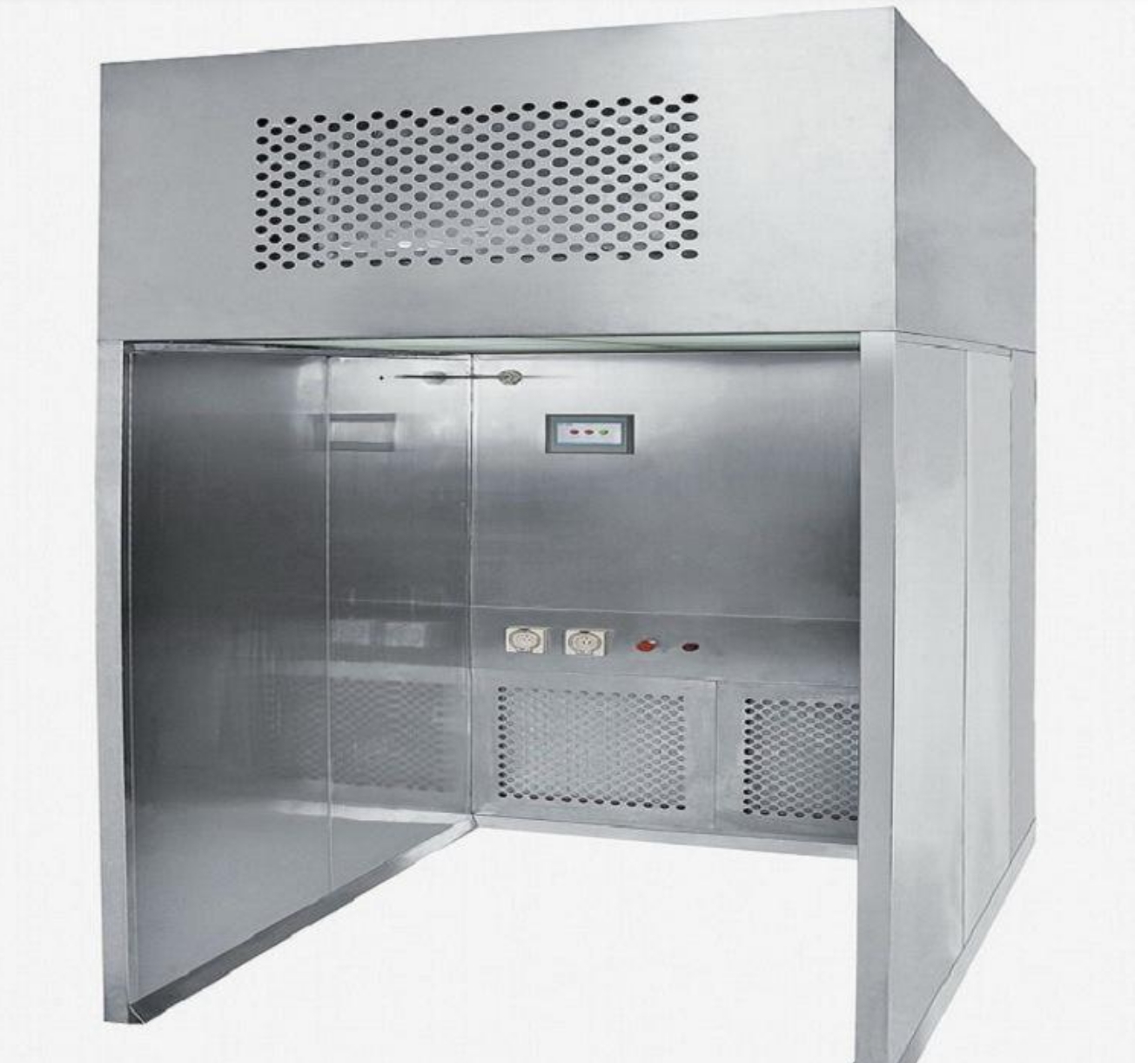
Downflow Booth
US$3000-6000 USD/Unit
Min. Order:1 Set -
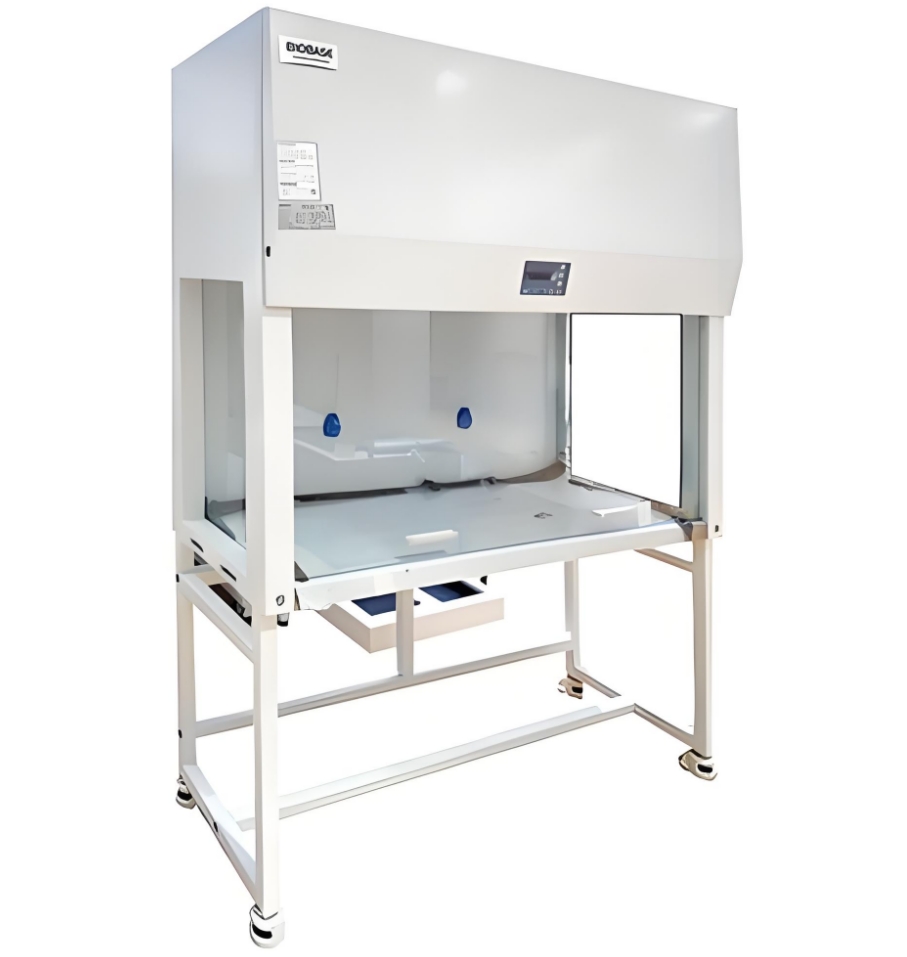
Clean bench
US$600-2000 USD/Unit
Min. Order:1 Set -
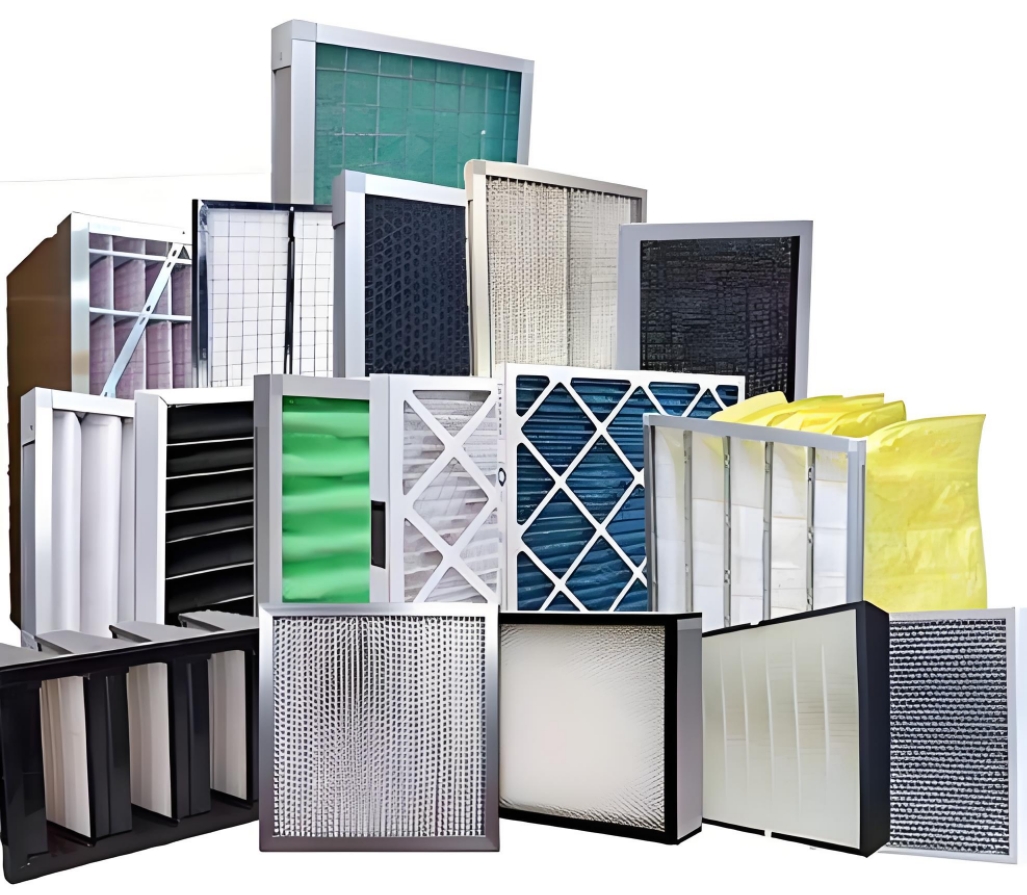
Air Filter
US$3-50 USD/Unit
Min. Order:1 Set -
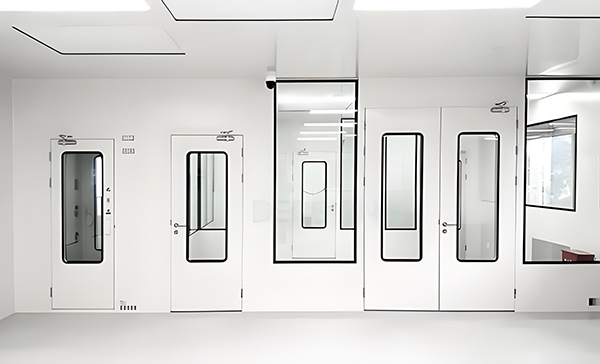
Cleanroom Wall Panels
US$10-20 USD/sq.
Min. Order:1 Set -
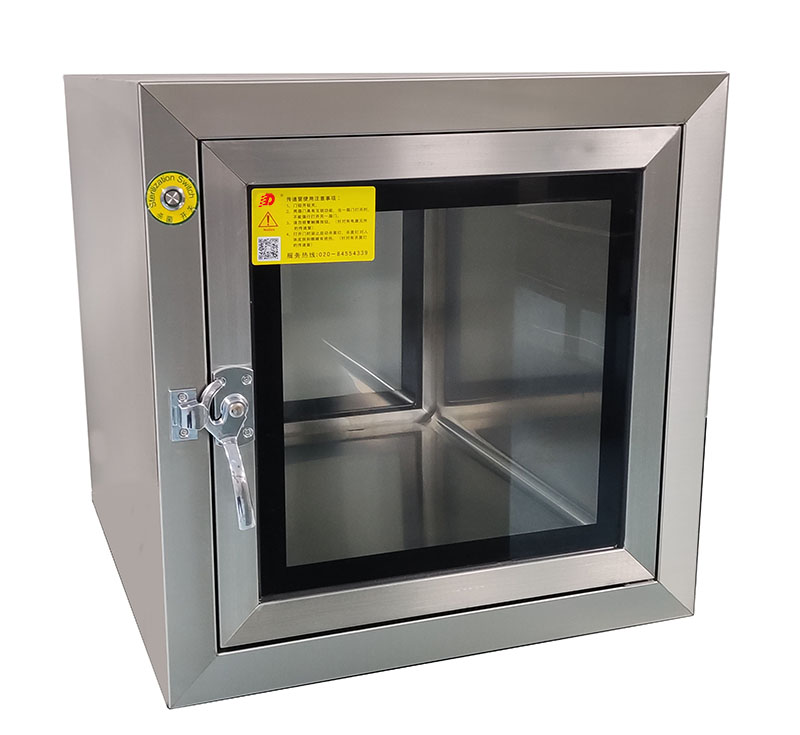
Pass Box
US$200-500 USD/Unit
Min. Order:1 Set -
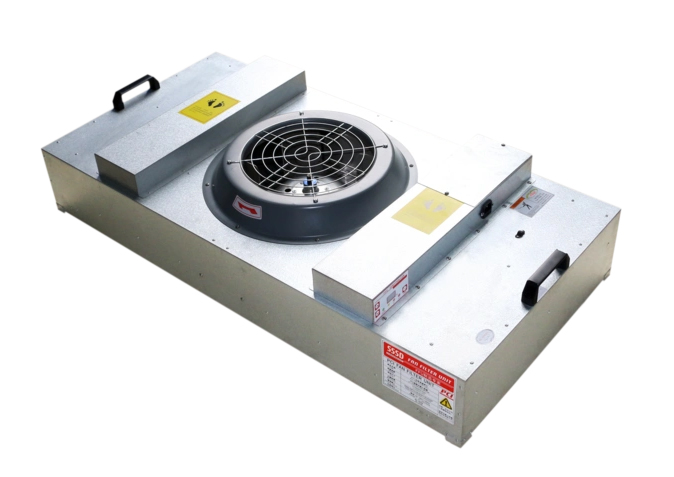
FFU
US$135-350 USD/Unit
Min. Order:1 Set -
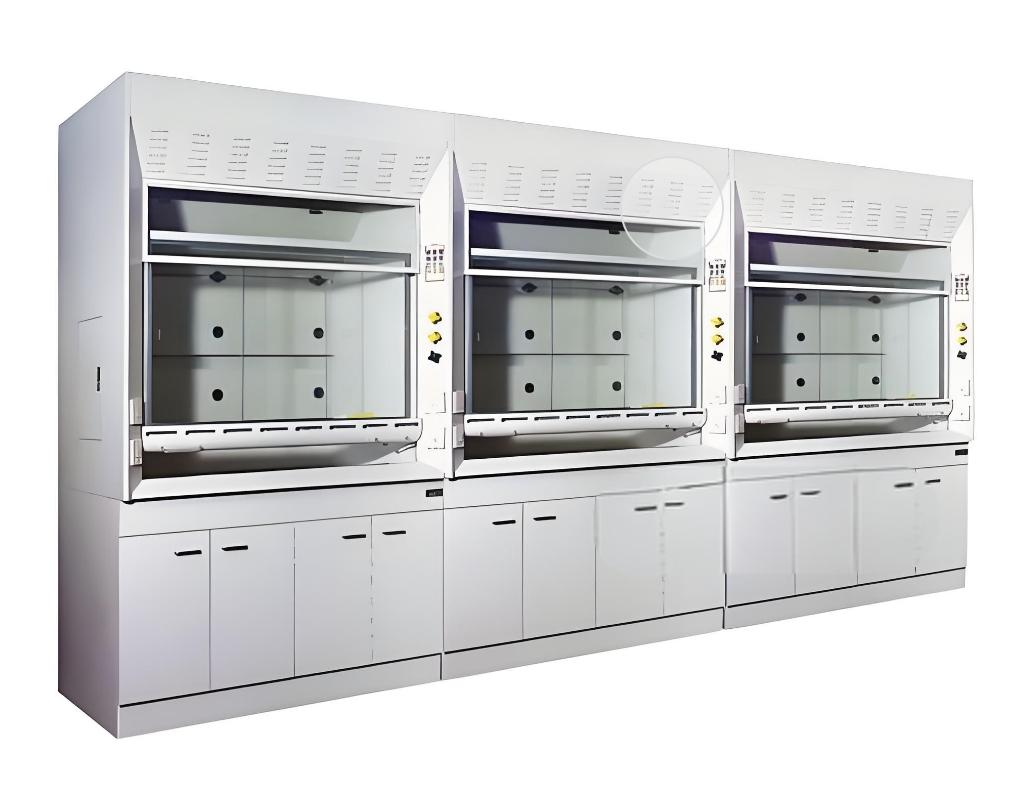
Fume Hood
US$700-1500 USD/Unit
Min. Order:1 Set -
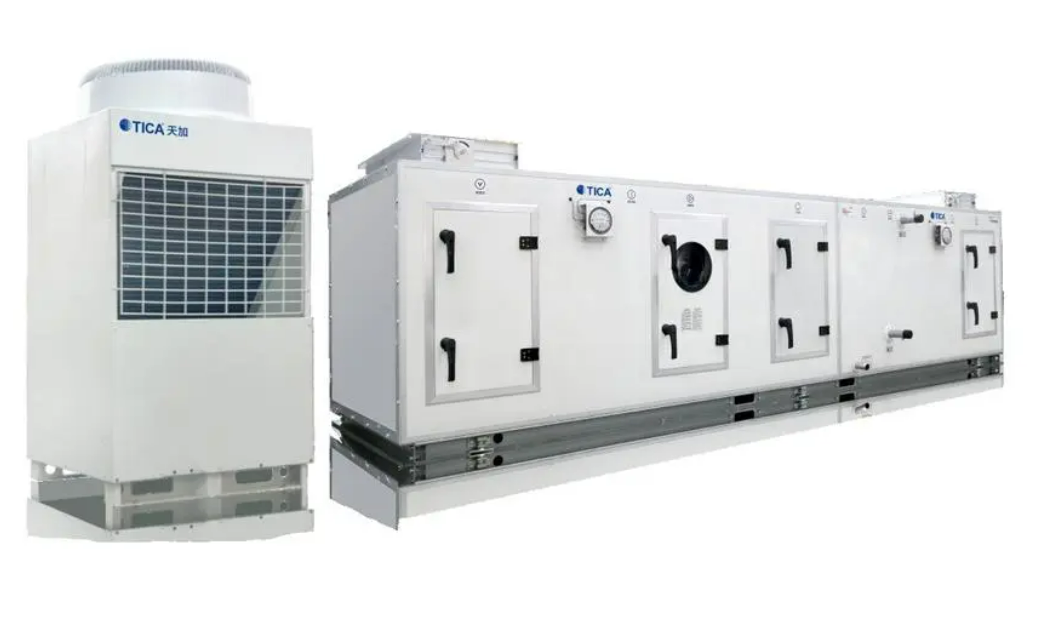
Cleanroom HVAC
US$5000-20000 USD/Unit
Min. Order:1 Set -
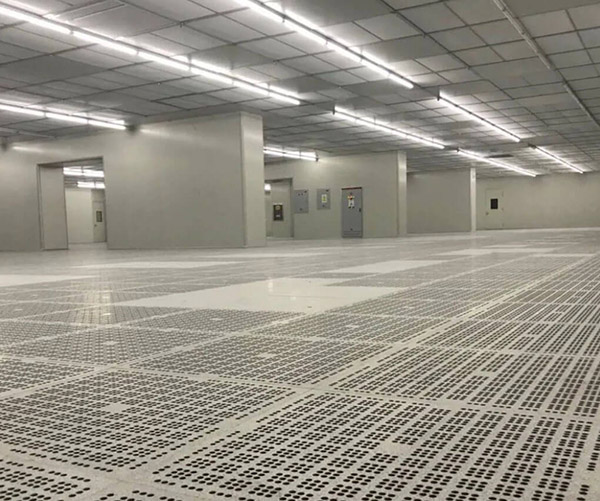
Clean room floor
US$5-20 USD/Sq.
Min. Order:1 Set -
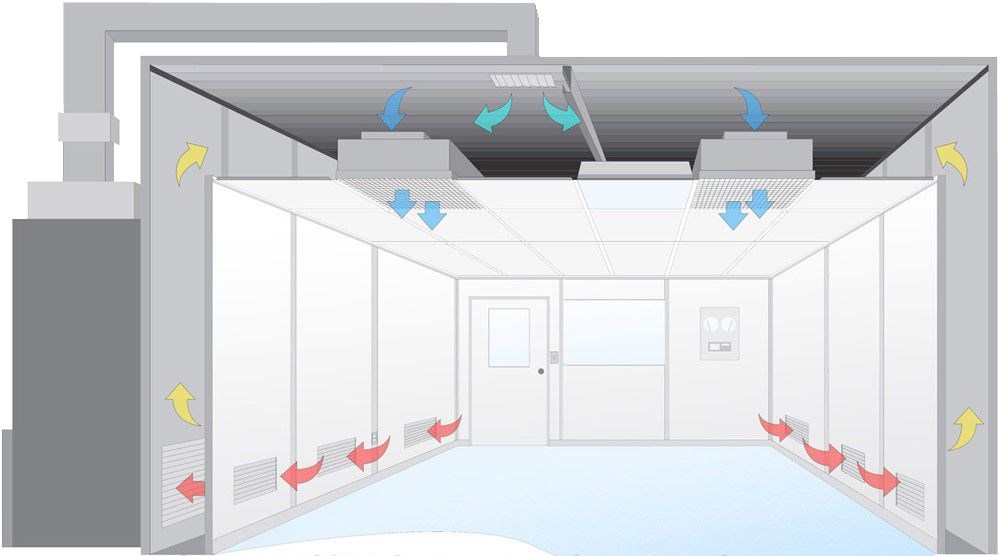
Clean room ceiling
US$
Min. Order:1 Set
 +86 18186671616
+86 18186671616 Jason@cleanroomequips.com
Jason@cleanroomequips.com
 MENU
MENU
